It’s a common misconception that AI will replace data analysts, but the reality is much more nuanced. While AI tools can automate certain tasks, they are ultimately designed to augment human capabilities, enabling analysts to focus on higher-level analysis and strategic insights. Instead of replacing analysts, AI tools are becoming powerful partners, augmenting their capabilities and enabling them to focus on higher-level tasks. By leveraging the best AI tools for data analysts, data analysts can unlock new levels of efficiency and effectiveness, transforming their role from data miners to strategic thinkers.
Toc
- 1. Best AI Tools for Data Analysts: Unlocking Insights and Efficiency
- 1.1. Coefficient: Seamless Integration of ChatGPT and Google Sheets
- 1.2. AnswerRocket: Search-Powered AI Data Analytics
- 1.3. Bardeen-ai: Seamless Data Integration and Automation
- 1.4. Polymer: AI-Driven Data Transformation and Exploration
- 1.5. IBM Cognos Analytics: Integrated Self-Service Business Intelligence
- 2. Related articles 01:
- 3. Choosing the Right AI Tool: Key Considerations
- 4. The Future of AI in Data Analysis: Whats Next?
- 5. Related articles 02:
- 6. Frequently Asked Questions
- 7. Conclusion
The adoption of AI in data analysis is accelerating, with over 70% of data analysts believing AI will significantly impact their work within the next five years. This rapid evolution presents both opportunities and challenges. On the one hand, AI analytics tools offer the potential to streamline workflows, automate repetitive tasks, and uncover insights previously hidden within massive datasets. On the other hand, the integration of AI necessitates new skills, ethical considerations, and a careful approach to avoid unintended consequences.
As businesses generate staggering amounts of data daily—approximately 2.5 quintillion bytes—data analysts face an overwhelming challenge. The ability to efficiently extract meaningful insights from this complexity is critical. AI analytics tools have emerged as vital allies in this endeavor, providing data professionals with the means to analyze, interpret, and visualize data more effectively than ever before.
AI tools like Google’s AutoML are empowering analysts to build custom machine learning models without extensive coding knowledge. This allows analysts to focus on interpreting results and uncovering insights that might be missed by traditional methods. However, while AI can automate tasks, it’s crucial to remember that it’s not a magic bullet. AI tools require human oversight and interpretation. For example, Microsoft’s Azure Machine Learning requires analysts to define the problem, select the right algorithms, and evaluate the model’s performance, ensuring responsible and ethical use of AI.
Best AI Tools for Data Analysts: Unlocking Insights and Efficiency
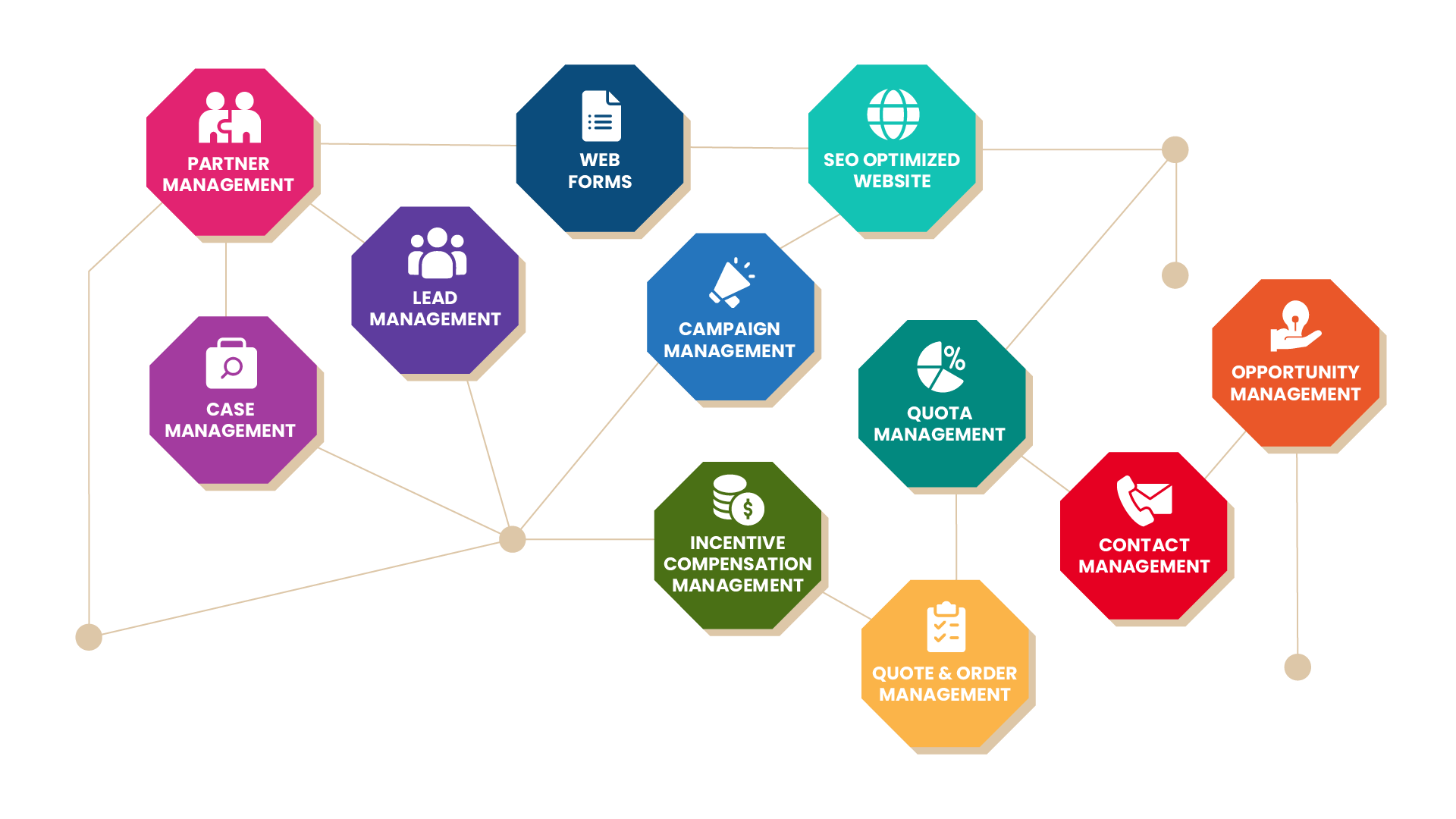
In this comprehensive guide, we’ll explore the top AI tools designed specifically for data analysts, highlighting their unique features, benefits, and considerations to help you choose the right solution for your needs. These tools not only enhance productivity but also unlock deeper insights that drive business strategies.
Coefficient: Seamless Integration of ChatGPT and Google Sheets
Coefficient is a free solution that effortlessly connects the powerful language model, ChatGPT, directly to your Google Sheets. By leveraging Coefficient’s GPTX functions, you can seamlessly incorporate ChatGPT’s natural language processing capabilities into your data analysis workflow. From answering ad-hoc questions to generating summaries and performing data transformations, Coefficient empowers you to elevate your insights and productivity.
While Coefficient offers a convenient way to use ChatGPT with Google Sheets, it’s important to note that ChatGPT’s responses should be carefully evaluated. It may not always be accurate or reliable, and analysts should use their own judgment to interpret the results.
Imagine being able to type a question in plain language and receive a detailed analysis without needing to write complex formulas or queries. Coefficient allows you to do just that, bridging the gap between data and users who may not have extensive technical skills. This tool is particularly useful for teams that need quick insights and reports, enabling them to make data-driven decisions on the fly.
AnswerRocket: Search-Powered AI Data Analytics
AnswerRocket is an AI-driven data analytics platform designed for business users. It enables you to ask questions in natural language, without the need for technical expertise, and receive comprehensive reports and analyses in return. AnswerRocket’s combination of AI and machine learning automates manual tasks, allowing you to access critical insights quickly and efficiently.
This tool excels in making data analysis accessible to non-technical users. With AnswerRocket, you can pose questions like “What were our sales last quarter?” or “Which marketing campaign performed best?” and receive immediate, data-backed answers. This capability not only saves time but also empowers all team members to engage with data, fostering a culture of data-driven decision-making across the organization.
Bardeen-ai: Seamless Data Integration and Automation
Bardeen.ai is an AI-powered tool that simplifies the process of connecting and analyzing data from various sources. With just a few lines of text, you can easily integrate hundreds of SaaS and website data, without the need for coding. Bardeen.ai streamlines your workflow by automating data-driven tasks, from web scraping to data synchronization and unstructured data analysis.
The tool’s ability to automate routine tasks means that data analysts can spend less time on data preparation and more time on analysis and interpretation. Bardeen.ai is particularly beneficial for teams that work with multiple data sources, as it allows for smooth data consolidation and integration. This ensures that analysts have a comprehensive view of their data landscape, leading to more informed and accurate insights.
Polymer: AI-Driven Data Transformation and Exploration
Polymer is a powerful AI analytics tool that simplifies the process of transforming data into an interactive, accessible database. With its AI-driven analysis and data exploration capabilities, Polymer enables users from diverse backgrounds, including data analysts, digital marketers, and content creators, to gain valuable insights without the need for coding.
One of Polymer’s standout features is its ability to create visual representations of data that are easy to interpret. This is particularly useful for stakeholders who may not have a technical background but need to understand data trends and patterns. By making data exploration intuitive and engaging, Polymer helps organizations democratize access to insights, allowing everyone to leverage data in their decision-making processes. However, while Polymer simplifies data transformation, it’s crucial to ensure that the AI-generated insights are accurate and relevant. Analysts should still verify the results and understand the underlying data before drawing conclusions.
IBM Cognos Analytics: Integrated Self-Service Business Intelligence
IBM Cognos Analytics is an integrated self-service solution that allows users to access data, create dashboards, and generate reports. Powered by IBM Watson Analytics, the platform offers automated pattern detection, natural language querying, and embedded advanced analytics capabilities. Cognos Analytics empowers teams to make data-driven decisions based on real-time insights and business intelligence.
1. https://fordlangha.com.vn/mmoga-the-best-crm-for-consultants-boost-your-sales-efficiency-in-2024
4. https://fordlangha.com.vn/mmoga-google-cloud-ai-platform-a-comprehensive-guide-for-data-scientists
5. https://fordlangha.com.vn/mmoga-the-best-crm-for-small-businesses-a-comprehensive-guide
With its robust features, IBM Cognos Analytics is suitable for organizations of all sizes. The platform’s ability to support complex data models and perform in-depth analyses means that data analysts can uncover trends and insights that may not be immediately apparent. Additionally, the self-service nature of Cognos Analytics allows business users to explore data independently, freeing analysts to focus on higher-value tasks.
Qlik Sense: Unified Data Analytics Platform
Qlik Sense is a data analytics platform that enables organizations to combine multiple data sources into a single, unified view. The Qlik Analytics Platform allows users, both data engineers and business users, to develop, extend, and embed visual analytics within existing applications and portals. Qlik Sense’s embedded functionality and common governance framework provide a robust DataOps environment for enhanced data analysis and decision-making.
One of the key benefits of Qlik Sense is its associative data model, which allows users to explore data freely without being constrained by predefined queries. This flexibility empowers analysts to ask new questions and discover insights that they may not have initially considered. Qlik Sense also supports collaborative analytics, enabling teams to work together on data-driven projects and share findings seamlessly.
As you explore these AI tools, consider factors such as data types, technical expertise, and integration with your existing systems to ensure the solution aligns with your specific needs and workflows.
Choosing the Right AI Tool: Key Considerations
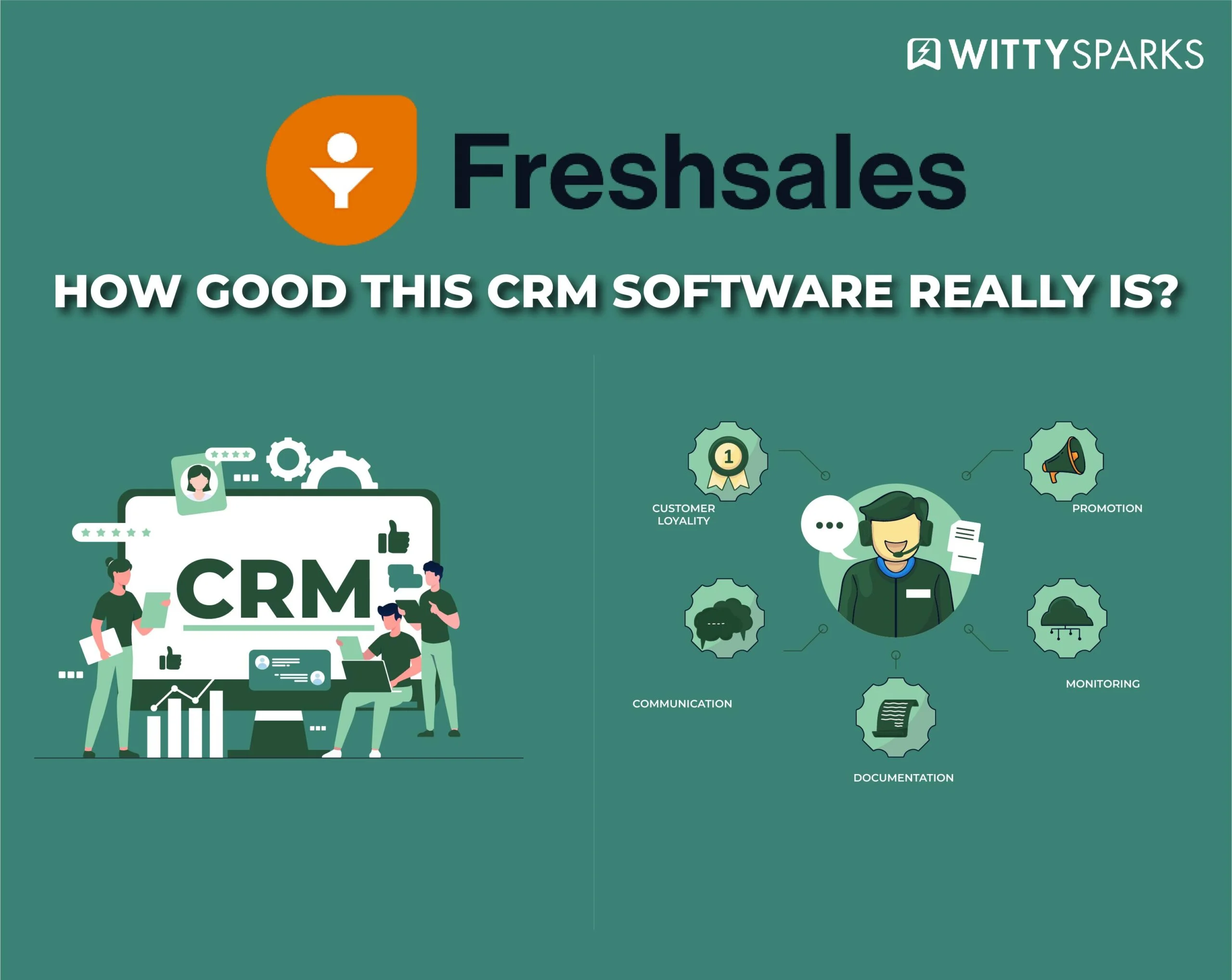
When selecting the best AI tool for your data analysis needs, it’s essential to consider several key factors to ensure a seamless and effective implementation.
Data Types and Volume: Matching the Tool to Your Data
The type and volume of data you work with can have a significant impact on the choice of AI tool. Some tools may be better suited for structured data analysis, while others excel in handling unstructured data, such as text or multimedia. Carefully evaluate the capabilities of each tool to ensure it can effectively process the data you work with, whether it’s small datasets or large-scale enterprise data.
For instance, if your organization primarily deals with structured datasets from databases, tools like IBM Cognos Analytics or Qlik Sense may be more appropriate. Conversely, if your work involves analyzing social media content or customer feedback, an AI tool like Bardeen.ai that specializes in unstructured data might be a better fit.
Skill Level and Expertise: Finding the Right Fit for Your Experience
The level of technical expertise required to use different AI tools can vary greatly. Some solutions are designed to be user-friendly, catering to data analysts with minimal coding skills, while others may require advanced programming knowledge. Consider your team’s technical proficiency and the level of support or training required to effectively leverage the chosen AI tool.
Tools like Coefficient and AnswerRocket are particularly beneficial for users with limited technical skills, as they allow for natural language querying and intuitive interfaces. In contrast, platforms like Qlik Sense may require more advanced knowledge of data modeling and analytics concepts, making them better suited for experienced data professionals.
Integration with Existing Systems: Seamless Workflow
Ensuring seamless integration between your AI tool and your existing data analysis workflows and systems is crucial. Look for tools that offer APIs, connectors, or plug-ins that can easily integrate with popular data platforms, business intelligence tools, and other software you currently use. This will help streamline your processes and maximize the efficiency of your data analysis efforts.
For example, if your organization relies heavily on Google Workspace, Coefficient’s integration with Google Sheets could significantly enhance your workflow. Similarly, if you use various SaaS applications, Bardeen.ai’s ability to connect multiple data sources can provide a comprehensive view of your analytics landscape.
By carefully considering these key factors, you can identify the AI tool that will best complement your data analysis needs, team capabilities, and overall workflow, unlocking the full potential of AI-powered insights.
The Future of AI in Data Analysis: Whats Next?
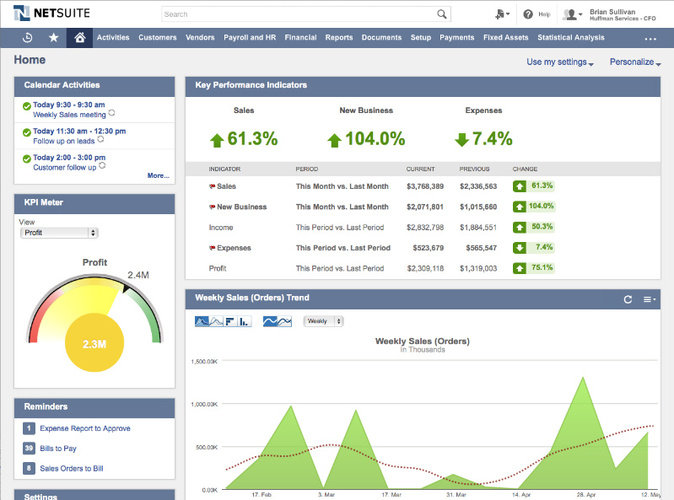
As AI continues to evolve, the landscape of data analysis is poised for even more transformative changes. Here are some emerging trends and advancements that data analysts can expect to see in the years to come.
Explainable AI: Demystifying Black Box Models
The growing emphasis on Explainable AI (XAI) will empower data analysts to understand the reasoning behind the AI-generated insights, providing greater transparency and trust in the decision-making process. This will be crucial in ensuring the ethical and responsible use of AI in data analysis.
As AI models become more complex, the need for interpretability will grow. Data analysts will need tools that not only provide results but also explain how those results were derived. For example, Google’s What-If Tool allows analysts to understand how different factors influence an AI model’s predictions. This transparency will help organizations mitigate risks associated with biased or misleading data interpretations.
2. https://fordlangha.com.vn/mmoga-google-cloud-ai-platform-a-comprehensive-guide-for-data-scientists
3. https://fordlangha.com.vn/mmoga-the-best-crm-for-small-businesses-a-comprehensive-guide
5. https://fordlangha.com.vn/mmoga-the-best-crm-for-consultants-boost-your-sales-efficiency-in-2024
AI-Driven Data Storytelling: Transforming Data into Engaging Narratives
The future of data analysis will see the rise of tools that leverage AI to help data analysts create compelling narratives from their findings. By combining AI-powered visualizations, interactive dashboards, and natural language processing, these tools will enable data analysts to transform complex data into engaging, easily digestible stories that drive impactful decision-making.
As data becomes more integral to business strategies, the ability to communicate findings effectively will be paramount. Tools that facilitate data storytelling will help analysts present insights in a way that resonates with stakeholders, driving action and alignment across teams.
Ethical Considerations: Ensuring Responsible AI in Data Analysis
As AI becomes more prevalent in data analysis, the importance of addressing ethical considerations, such as bias, privacy, and accountability, will become increasingly crucial. Data analysts will need to work closely with AI experts and ethicists to ensure the responsible and transparent use of these technologies, upholding the highest standards of data integrity and decision-making.
Organizations must prioritize ethical AI practices to build trust with customers and stakeholders. This includes implementing robust data governance frameworks, conducting regular audits of AI systems, and ensuring diverse data representation to minimize bias in analyses.
Frequently Asked Questions
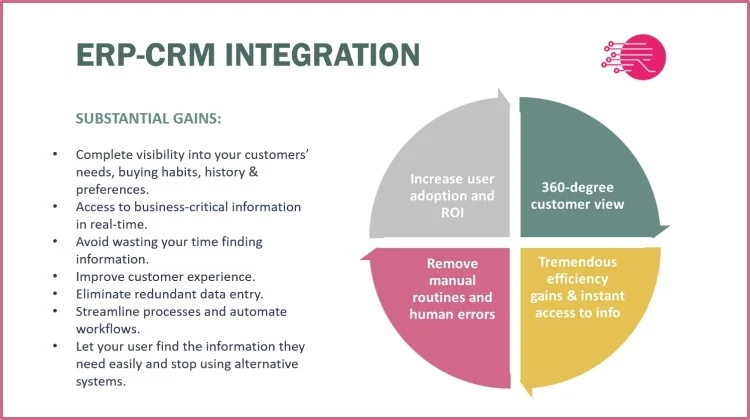
Q: What are the main benefits of using AI tools for data analysis?
A: The main benefits of using AI tools for data analysis include:
- Automating repetitive tasks to free up time for deeper analysis.
- Uncovering hidden patterns and insights that might be missed by traditional methods.
- Streamlining data processing workflows and improving overall efficiency.
- Enabling non-technical users to leverage advanced data analysis capabilities.
Q: How can I learn more about using AI tools for data analysis?
A: To learn more about using AI tools for data analysis, you can:
- Explore the documentation and tutorials provided by the AI tool vendors.
- Attend webinars or workshops offered by the tool providers or industry experts.
- Connect with data analyst communities online to share experiences and best practices.
- Continuously stay updated on the latest advancements and trends in the field of AI-powered data analysis.
Q: Are AI tools replacing data analyst jobs?
A: While AI tools are revolutionizing the data analysis landscape, they are not replacing data analyst jobs but rather augmenting the capabilities of data analysts. The collaboration between AI and human analysts can lead to more insightful, efficient, and actionable insights, driving business growth and efficiency. Data analysts remain essential in operating and fine-tuning these AI-assisted systems, providing the iterative element and strategic insights that are critical to the data analysis process.
Conclusion
The rise of AI has transformed the world of data analysis, offering data analysts a suite of powerful tools to streamline their workflows, uncover deeper insights, and make more informed decisions. By exploring the top AI tools discussed in this guide, you can elevate your data analysis capabilities and stay ahead of the curve in this rapidly evolving landscape.
Remember, the key to success lies in choosing the right AI tool that aligns with your data, skill level, and integration needs. Continuously experiment, learn, and stay updated on the latest advancements to ensure you’re leveraging the full potential of AI-powered data analysis.
Embrace the future of AI-driven insights and unlock new possibilities for your business. Get ready to unleash the power of data and drive your organization to greater success.



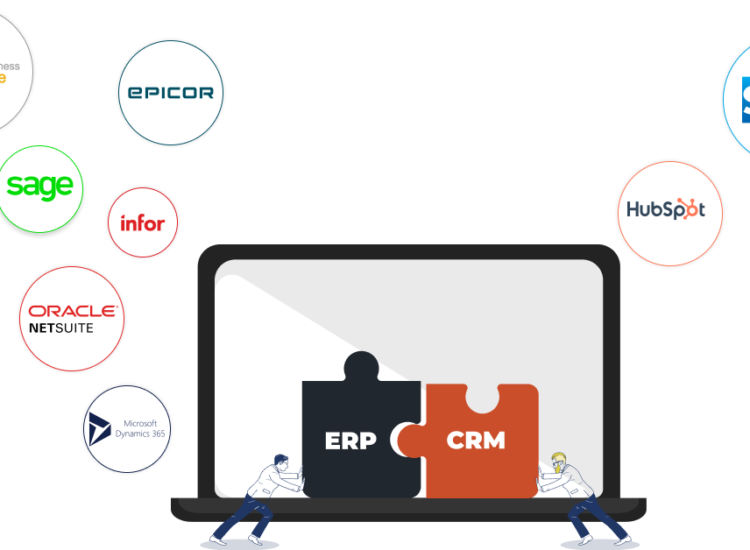


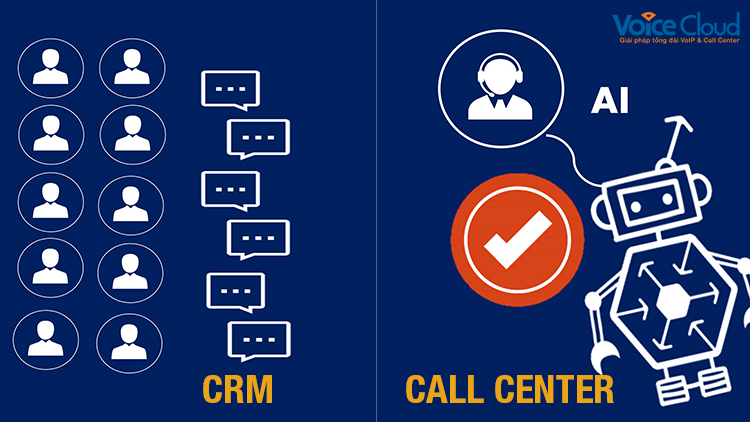


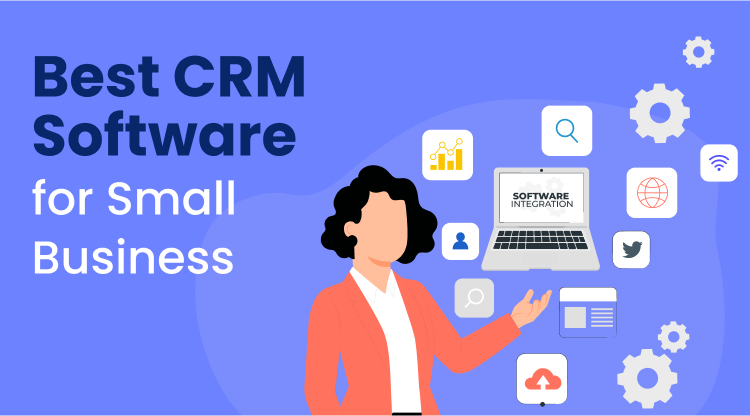

Leave a Reply